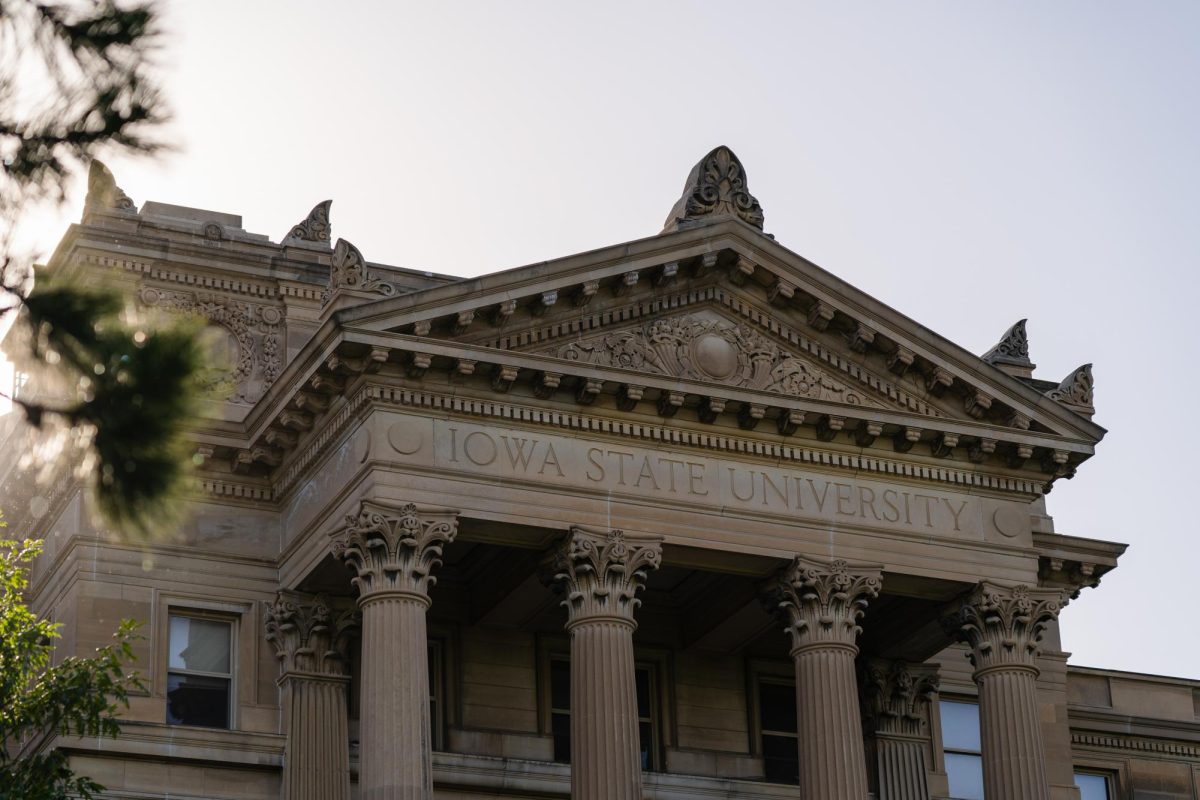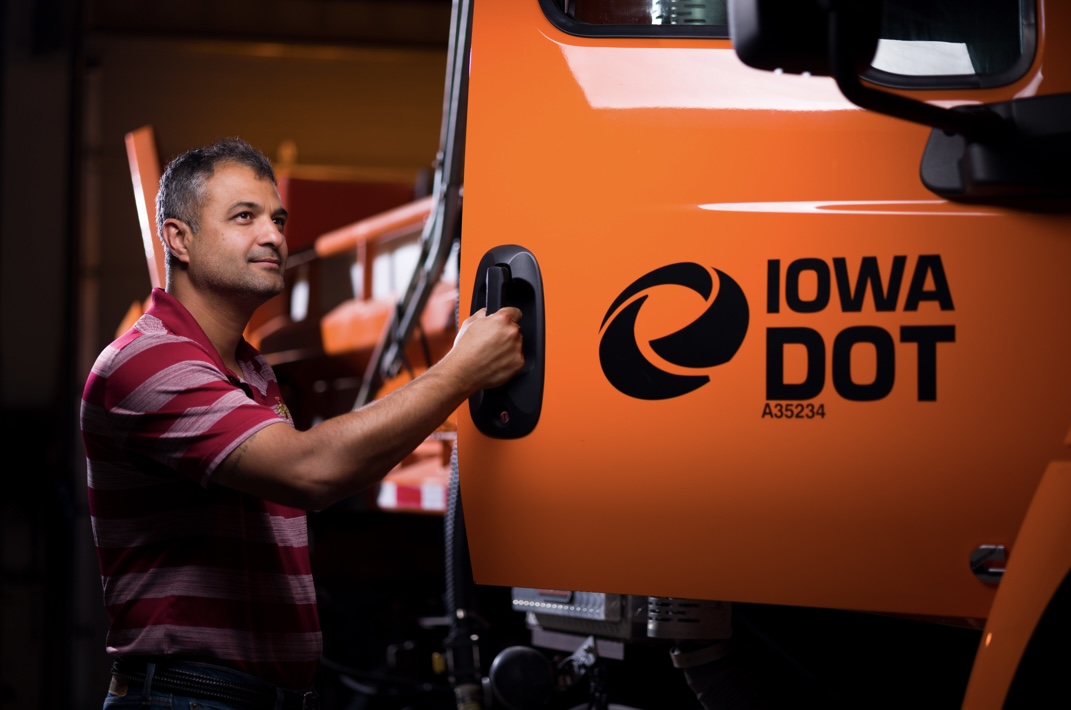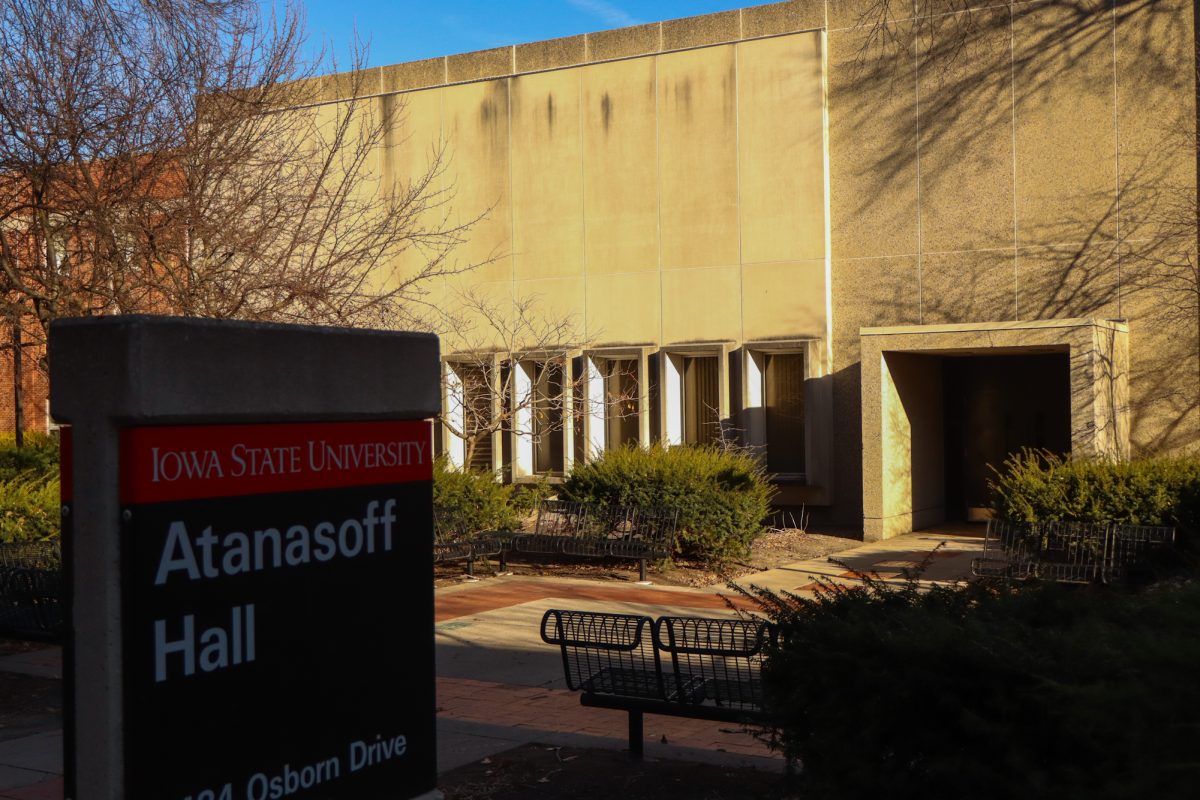Methane is the second-most widely emitted greenhouse gas, according to the U.S. Environmental Protection Agency. Lowering emissions, which are primarily caused by landfills, energy production and burning and agricultural production, has been a topic of discussion in global government, partially to the credit of Marcelo Mena-Carrasco.
Mena-Carrasco leads the Global Methane Hub, an international alliance for developing and implementing global methane reduction solutions and led the Global Methane Pledge, which is a conference co-convened by the U.S. and the European Union.
According to the U.S. Department of State, reaching the pledge goal of cutting carbon emissions by at least 30% will “drive significant energy security, food security, health and development gains.”
More than 150 countries have joined the pledge.
“Forty percent of methane emissions come from fossil fuel extraction, and so therefore, a lot of these oil and gas wells and coal mines are actually contributing to a lot of the warming,” Mena-Carrasco said during a lecture series event Monday evening. “But if you think about it, food production and food waste covers the other 60%, so we cannot get away from it.”
Lisa Schulte Moore, head of the regenerative agriculture program and professor in the department of natural resource ecology and management, said even though methane emissions are the second highest contributor, it may be a more worthwhile mission to pursue.

Major sources of greenhouse emissions are the energy sector and the transportation sector, but Moore said given the advancements in electrical vehicles, the greenhouse gas emissions will go down quicker in the coming years, whereas the agricultural sector may not.
“Proportionately, the amount of greenhouse gasses associated with our agricultural sector is going to grow over time again,” Moore said, and stressed that the increase is in proportion to the other sectors.
Enteric fermentation, a process that releases methane through animals, and manure are the largest parts of agricultural emissions, Mena-Carrasco said, and one way to lower emissions from animals is to rethink how they are fed.
“We are actually trying to improve productivity in different locations,” Mena-Carrasco said. “And the concept is that many times in different places, animals are being fed suboptimal food, and they spend a lot of their energy processing the food instead of making milk, so that is ineffective.”
The topic of livestock methane emissions has received some pushback from livestock producers, including one in attendance at the lecture series event. Mena-Carrasco said eliminating livestock production is not the mission of his work.
“Our approach isn’t against livestock at all,” Mena-Carrasco said. “It’s about reducing the emissions and actually improving income from farmers. That’s the approach and that’s designed by also a dairy farmer himself.”
Mena-Carrasco said part of the process of eliminating methane emissions comes from offering something in return for those who produce the emissions.
“It’s always looking at what’s in it for them,” Mena-Carrasco said. “If you want people to follow you because it’s the right thing to do, I’m sorry, it’s probably not going to be the best way to get a lot of support. It has to be in it for them and that’s the approach.”
Mena-Carrasco has spent part of his career working in government, including as the vice minister and minister of the environment for Chile.
Identifying sources
“We hear a lot in society about, ‘oh, we need to reduce CO2 emissions,’ but really, to address global warming, especially very quickly, we need to be much more focused on methane,” Schulte Moore said.
Moore said since carbon dioxide is emitted by every living thing, identifying point sources of methane emissions is much easier, allowing for an easier address.
Landfills, and in agriculture, like dairy farms or concentrated animal feeding operations, are confined sources and may be easier to stop, especially through the use of satellites.
“So not only is methane way more forceful than carbon dioxide, so about 30 times more potent greenhouse gas than carbon dioxide, but their point sources so we can find them and we can address those emissions,” Schulte Moore said.
Mena-Carrasco said satellites are used to monitor methane emissions, and satellite platforms can help prevent greenwashing, fostering more accountability by companies in spotting methane leaks.
Satellites can be used to identify where methane leaks are occurring, and by identifying the leaks or areas of production, they can be more easily addressed.
Mena-Carrasco, an award-winning solutionist, graduated with a doctorate degree in environmental engineering from the University of Iowa, and returned to Iowa to present at the Anaerobic Digestion on the Farm conference.
The Lecture Series event is part of a three-day conference on anaerobic digestion, which also will feature sessions on decarbonizing ag, enabling circular agricultural systems, a next generation anaerobic digestion leadership panel and more.

Conference attendees come from academia, government, industry, farmers and nonprofit workers to discuss the anaerobic digestion solutions, concerns and opportunities.
A poster session happened before the keynote, which featured research on methane-related topics from Iowa State, Penn State University, University of Texas at Arlington, the University of Iowa, the Clean Air Task Force, Ames middle and high schools and more.
According to the American Biogas Council, anaerobic digestion is as follows:
Anaerobic digestion is the process of microorganisms breaking down biodegradable material in the absence of oxygen, typically through a chain of processes such as hydrolysis, fermentation, acetogenesis and methanogenesis. The product of the process is commonly used as agricultural fertilizer and an addition to improve soil health. The end product, biogas, is burned to generate electricity or can be processed into natural gas, or enters the atmosphere.














